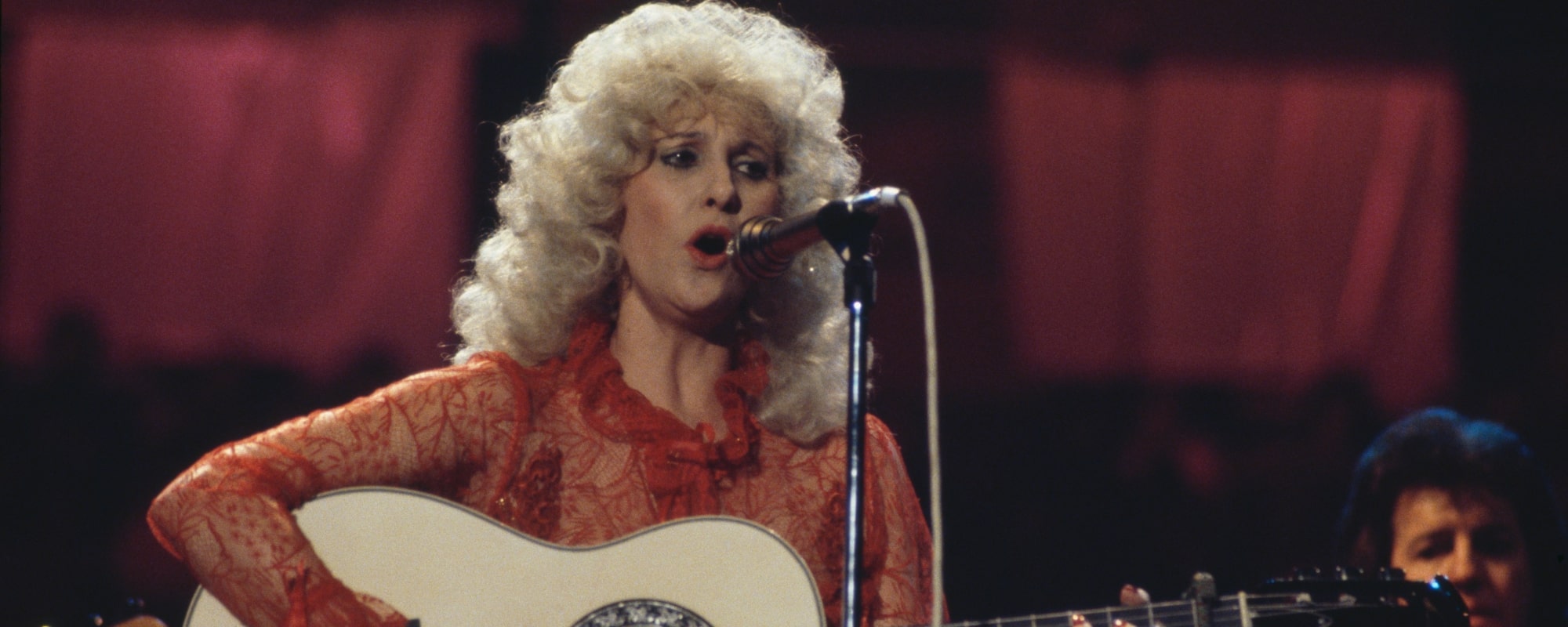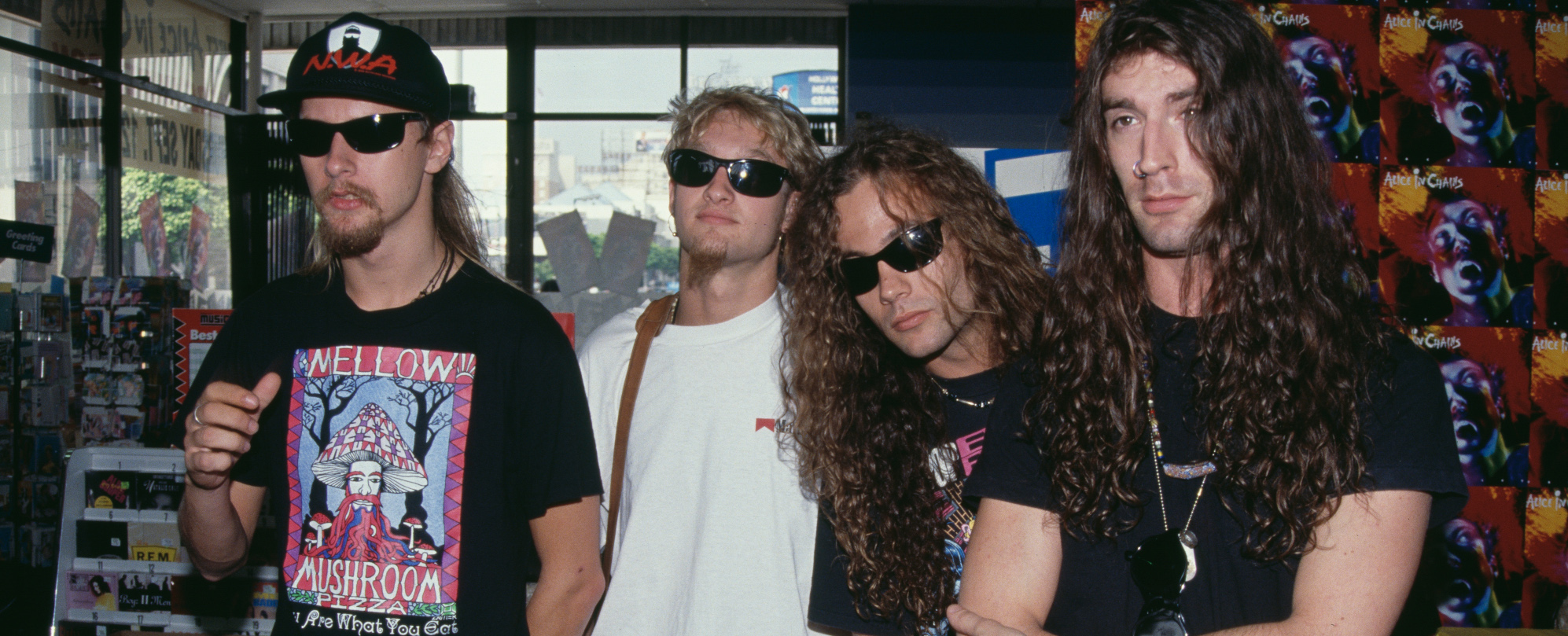As part of their 60th-anniversary celebration, the Rolling Stones have shared a new documentary series, My Life as a Rolling Stone.
Videos by American Songwriter
The four-part Epix series focuses on one member of the band per episode – Mick Jagger, Keith Richards, Ronnie Wood, and the late Charlie Watts – as well as the entire band’s timeless influence on rock n’ roll and their enduring appeal.
While the series’ first episode took a look at frontman Mick Jagger, the second episode (premiered on August 14) is focused on the band’s enigmatic guitarist Keith Richards.
As the narrator, actress Sienna Miller remarked in the doc, “[Richards’] attitude and legacy underpin the whole idea of the guitar hero.” Across the episode, fans are given exclusive access to archival photos, performance footage, and an in-depth interview with Richards himself that reveal just what made him the icon he is today.
Below, we’re recapping 10 things we learned about Keith Richards from episode 2 of My Life as a Rolling Stone.
Let’s dive in.
1. Despite his infamous persona, Jagger said Richards was “terribly shy” in the early days of the Rolling Stones. Richards himself said he still feels shy at times saying, “I’ve never felt more embarrassed in my life than when someone’s pointing at me going “It’s Keith Richards!”
2. Richards’ rebel behavior began early on when he was expelled from school. “I’d heartily recommend it to any red-blooded English schoolboy,” he said in the doc. He also marked the expulsion as the spark behind the anti-authority mentality that has colored the Stones’ career.
3. Richards was inspired by his grandfather, Gus Dupree, to start learning guitar. A retired blues musician, Dupree had many instruments laying around the house. One of which became Richards’ first guitar. In the doc, he picked the old guitar back up and reminisced about learning his instrument.
4. Jagger and Richards felt an “evangelical” drive to expose people to blues music. After kindling a friendship with one another over a shared interest in Muddy Waters, the duo took American soul music and infused it into their new English sound. Richards said he still marks helping musicians like Muddy Waters, Slim Harpo, and John Lee Hooker to get on the charts as one of his proudest moments.
5. On top of being stewards of “white blues” music and certified rock n’ roll icons, Sheryl Crow talked about their inescapable country-music influence in the doc, marking them as having made some of the “quintessential country songs,” with “Wild Horses” being the main example.
6. In the early days of their career, Richards would play the Beatles constantly, driving Jagger “absolutely batty.” The fab-four, who had achieved fame just before the Stones, were a large inspiration for Richards. Jagger remarked how it was always Richards who “knew they had to become a pop band” to achieve the same success as their Liverpudlian counterparts.
7. Of all that goes into making a timeless Stones song, Richards said the recording process was his favorite part. “I think he could live in a studio,” his manager said over footage of Richards figuring out a riff.
8. Richards really struggled with fame. As the band reached unprecedented heights in their career, the guitarist said he found it hard to cope with “that level of adoration.” “I’d have been happy to make all of those records anonymously,” he said. His struggle turned him to the refuge of drugs which ultimately gave him his infamous, rebel persona.
9. A 1977 arrest in Toronto almost landed Richards 20 years in jail. After the police searched his hotel room, he was on the hook for heroin possession and “means to traffic.” Though he didn’t end up doing any time, Richards said it became clear to him it was “music or drugs”—lucky for all of us, he picked the former.
10. Though this fact might be old hat to all you guitar-aficionados out there, for those of you that aren’t —Richards only plays with five strings in an “open g” tuning. The “menacing tuning” (as Tom Waits put it), allows Richards’ playing to be instantly distinguishable from any of his peers. “If you get it in the right way, in the right moment —It’s a cheap ride to heaven,” Richards said.
For more on the Stones’ new series, check out EPIX and come back to American Songwriter for more of our coverage on the subsequent two episodes.
Photo: Mark Seliger / Courtesy of EPIX / Press Release







Leave a Reply
Only members can comment. Become a member. Already a member? Log in.